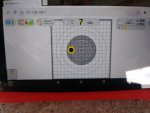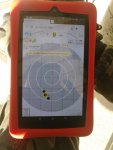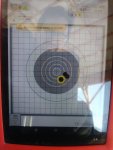PERSONAL OPINION. Oops, accidental cap lock. But, I think the primer is just about the most minor component, but it is not a totally passive component. You will probably see a slight difference when changing primers. I have solved the problem to my satisfaction by using Fed 210M primers almost exclusively. Playing games with primers, seems a waste of time. Pick a primer and develop a load. Nothing can be gained by developing a load and then deciding to try a different primer. Of course, there might be some noticeable difference, but it's backwards, you should START with a primer, not end with a primer. According to my logic, you pick a primer and begin load development. You don't do all your load development and after it's all settled, decide to queer the whole process by changing primers at the last minute. Think about it; would you develop a load, (all the bench and range time) and suddenly decide to switch bullets, just to see if it's "better"? Not in my world.
I will tell you what I "heard" many years ago when the "match primer/benchrest primer" issue came up. Somebody said; the difference was, at the end of a cycle, after a little housekeeping, everything dialed in to specs., they run the lines at half speed for accuracy and charge a premium for those precious "match" primers. It may not amount to a hill of beans but everybody has their MOJO, so even if it is psychological, you are doing everything possible: a feel good, warm fuzzies type of euphoria. Whatever, it can't hurt and we are all suckers for the slightest perceived advantage, and if money will buy that, we will bend over and assume the position.
I'm not worried, it's like the difference between one penny and the next....they are pretty much all the same. So, why decide to use a nickel, instead? Or, a dime; maybe a "magnum" quarter? Whatever. BB







